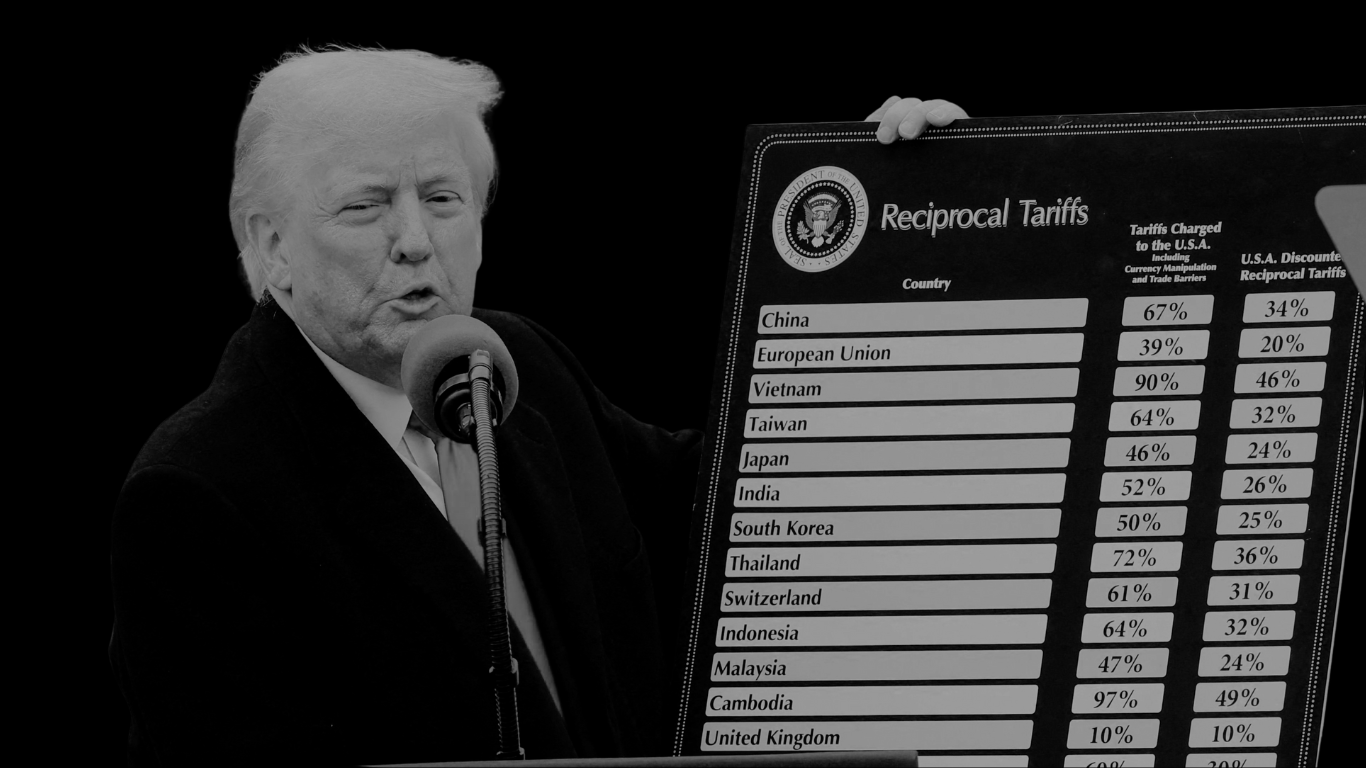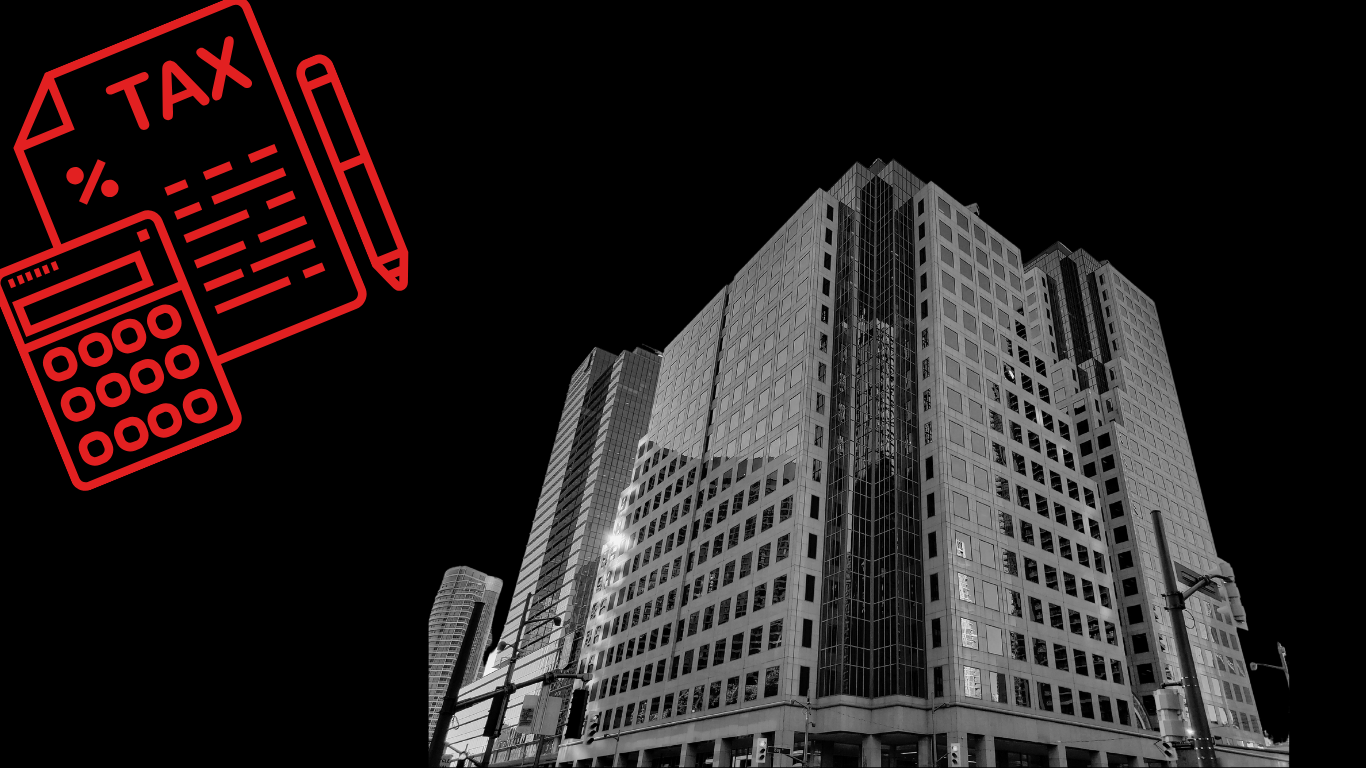National Insurance is one the main taxes that all employees, employers and self-employed workers have to pay. In basic terms, it’s a tax on earnings and self-employed profits which goes to the state, in order to be redistributed through state benefits to the public such as statutory sick pay, state pensions, maternity leave and unemployment benefits. Mandatory National Insurance has to be paid if you’re 16 or over and are either an employee earning above £184 a week, or self-employed and making a profit of £6,515 or more per year.
As an employer it is your duty to pay your fair share of National Insurance in addition to the National Insurance contributions provided by all your employees, which is automatically processed through PAYE. Because National Insurance is different to income tax, being that it isn’t an annual tax, it is based on earnings in accordance to how regular you are paid. If you earn more in one payday due to overtime or bonuses, your national insurance will therefore increase for that particular paycheck.
As of April 2014, the government introduced the Employment National Insurance Allowance scheme which entitles small businesses to reduce their National Insurance bill per year. In April 2020, that allowance was increased from £1000 to £4000 for all businesses, charities and community amateur sports clubs, eligible for the Employment Allowance whose Secondary Class 1 National Insurance Contributions liability is over £3,000 a year.
This means small businesses will pay less employers’ Class 1 National Insurance each time they run your payroll until the £4,000 has been exceeded or the tax year ends (whichever is sooner). Many businesses are unaware of this measure, essentially saving up £4000 each year. Here’s all you need to know on the scheme, why it came into effect and how to apply.
What Is The Employment National Insurance Allowance?
The Employment National Insurance Allowance is a scheme which enables certain businesses who employ workers, to reduce their National Insurance contributions by up to £4,000. The measure was introduced to help aid small businesses finding their feet. Because it only affects employers who pay Class 1 National Insurance, self-employed sole traders (who either pay Class 2 or Class 4 NI) are ineligible for the scheme. As well as this if you employ someone for domestic work such as a gardener or cleaner, or if you carry out more than 50% of your work in or for the public sector then you won’t be eligible for the allowance.
It’s also worth noting that your business’ total employers’ Class 1 National Insurance liabilities for the group must be less than £100,000.
Who Is Eligible For The Employment National Insurance Allowance?
HMRC considers an employer to be any any business who meets the following criteria:
- You’re paying an employee at or above the PAYE threshold.
- You’re paying the employee at or above the National Insurance Lower Earnings Limit.
- The employee already has another job.
- The employee is receiving a state, company or occupational pension.
- You’re providing the employee with employee benefits.
Businesses do not qualify for the Employment Allowance if:
- Your business is a single-person limited company and you’re the only employee.
- Your business only employs company directors and doesn’t have two or more directors who earn above the secondary threshold.
- Your staff carry out personal, household or domestic work.
- You have more than one PAYE scheme running, or you have connected companies, in which case you can only claim the Employment Allowance for one.
- Your business is a public body or does more than half of its work in the public sector. (businesses who provide security or cleaning services for a public building, or if supply IT services for a government department or council are still eligible).
As well as this, if your business or sell goods or services, Employment Allowance counts as ‘de minimis state aid’. There’s a limit to how much de minimis state aid you can get depending on your sector.
You must:
- check that you’re within the de minimis state aid threshold
- work out how much de minimis state aid you’ve received
De minimis state aid and the relevant thresholds are worked out in Euros over a 3 year period. Here are the breakdowns according to sector:
- Agriculture products sector - €20,000
- Fisheries and aquaculture sector - €30,000
- Road freight transport sector - €100,000
- Industrial sector/other – €200,000
Through PAYE payroll, due to payment going through the RTI (Real Time Information) process and are reported back to HMRC, the employment allowance should automatically be deducted. For a full breakdown of eligibility, please find a full list of breakdowns via the government portal page here.
Why Have The Government Increased The Employment National Insurance Allowance?
The government decided to increase the Employment National Insurance allowance to help small businesses cope with the pressures of tax bills.
In the policy paper for the scheme, HMRC state, “This measure supports businesses by providing relief of up to £4,000 on their employer secondary Class 1 National Insurance Contributions liabilities. This is expected to reduce around a further 65,000 businesses’ National Insurance Contributions bill to £0, and further allow small, growing enterprises to take on staff without incurring additional National Insurance Contributions liabilities. This is in addition to the 590,000 businesses whose National Insurance Contributions bill is effectively reduced to nil under the current level of the Employment Allowance.”
The aim of the Employment Allowance scheme was to have a positive and beneficial impact on business as HMRC go on to explain, “around 510,000 businesses eligible for the Employment Allowance and with Class 1 (Secondary) National Insurance Contributions liability over £3,000 a year by providing relief of up to £4,000 on their employer secondary Class 1 National Insurance Contributions liabilities. Businesses and civil society organisations who already claim the allowance through their payroll software will automatically receive the increased allowance, provided they remain eligible. Approximately a further 65,000 businesses and civil society organisations are expected to be taken out of employer National Insurance Contributions liability altogether.”
How To Apply For The Employment National Insurance Allowance?
If your company or firm uses the PAYE system for your employees and business, then all Employment Allowance reductions will be calculated automatically. If you wish to gain more information on the measure, whether it applies to your business and how to potentially claim back on reductions for previous years, check out the dedicated government portal page here.
We hope this has outlined to you exactly what the Employment National Insurance Allowance is and whether you are eligible. If you require any more information on any government schemes, loans and grants, or anything accounting related for that matter, please don’t hesitate to get in contact with us at Nordens where one of our trusted advisors would be happy talking you through your query.










































































































































































































































































































































































































































































































